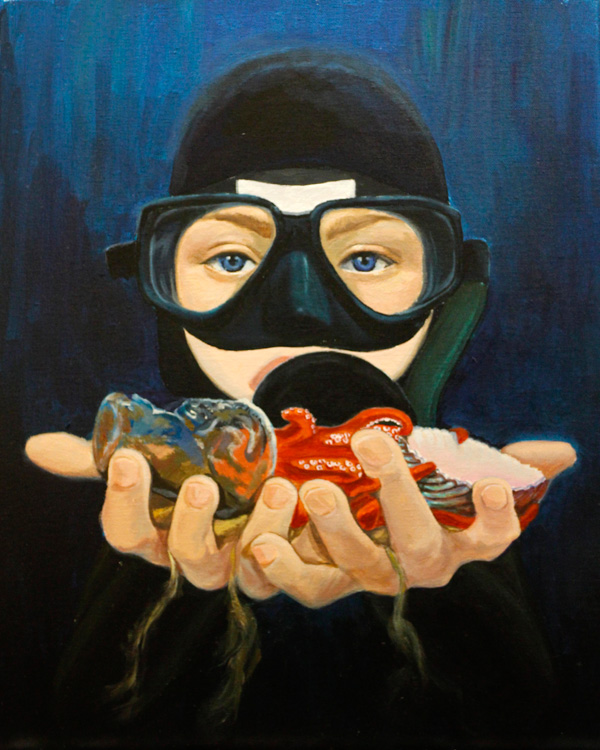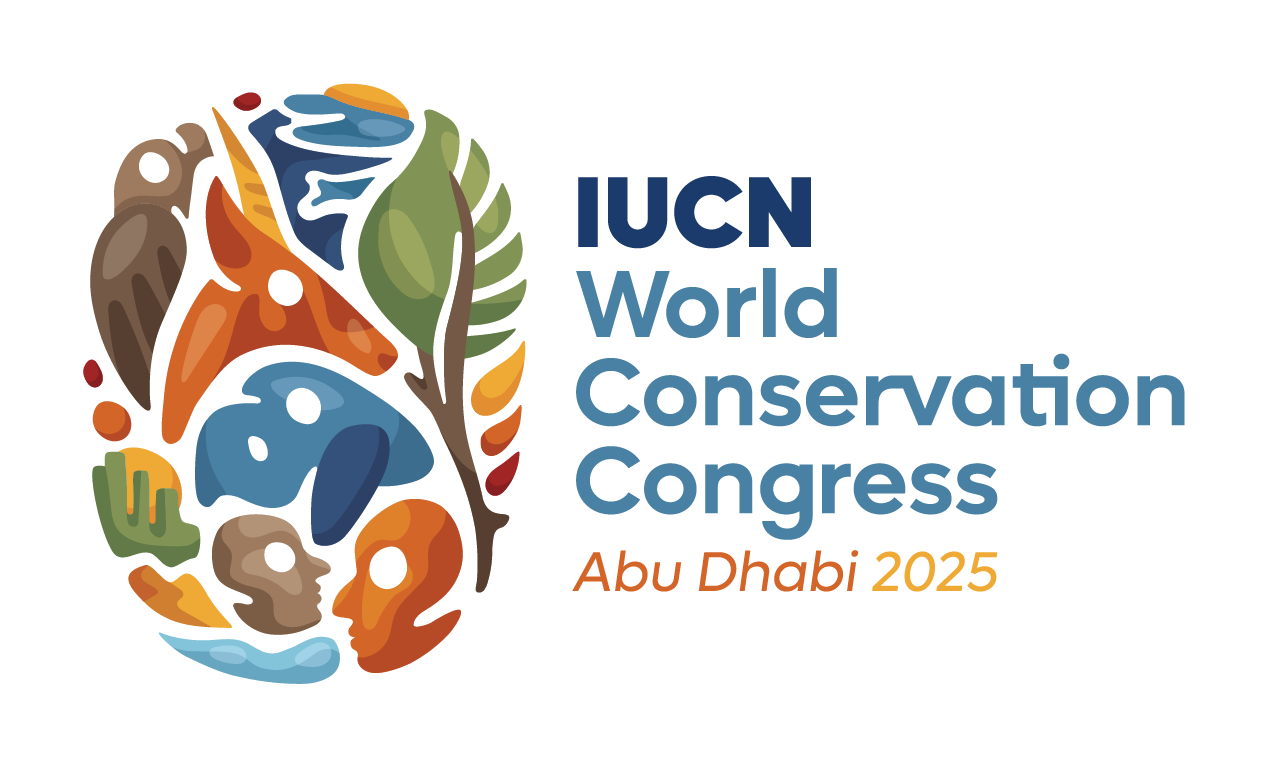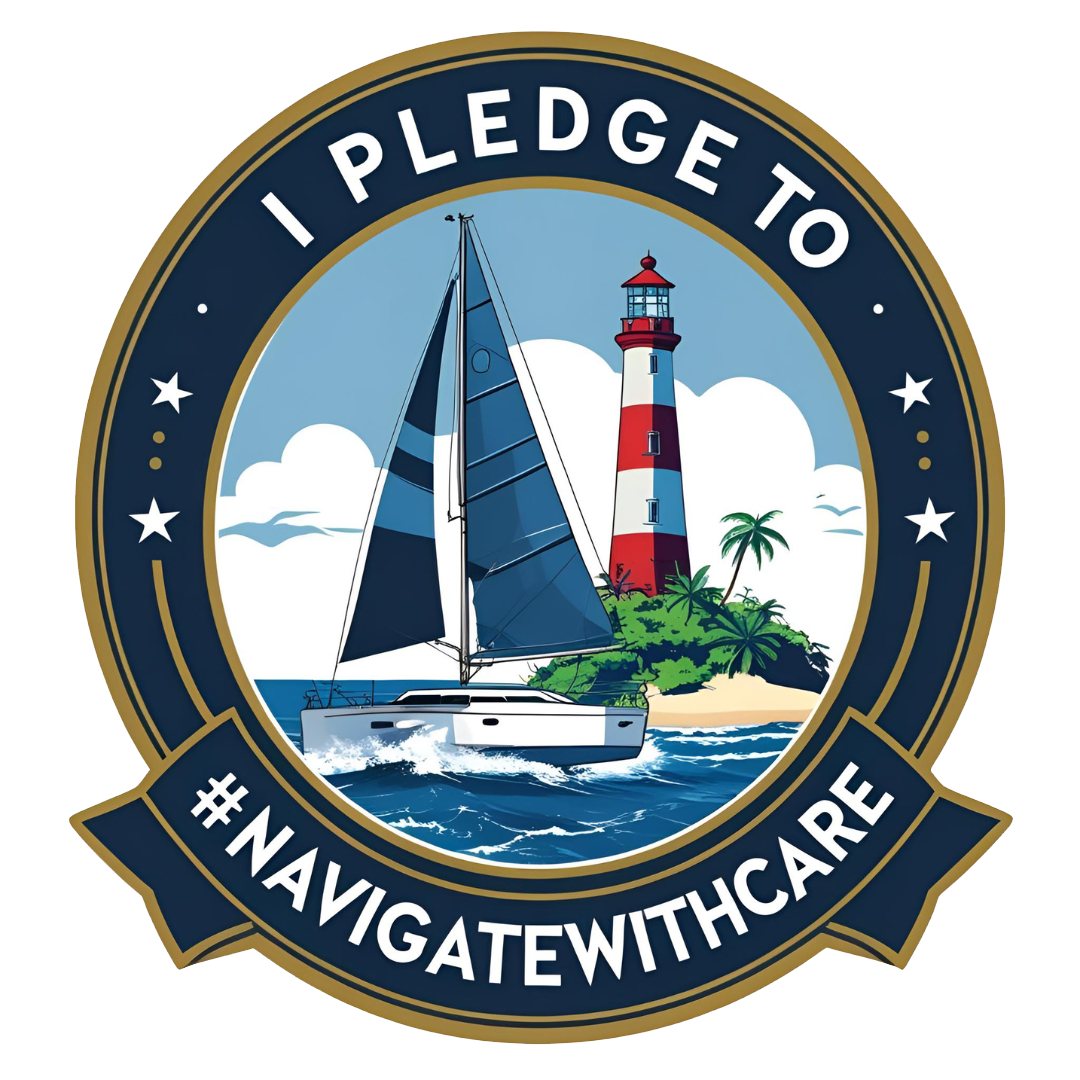Winners of the 2020 Science Without Borders® Challenge
The 2020 Science Without Borders® Challenge invited students from around the world to “Take Action: Conserve Coral Reefs,” inspiring them to create artwork that highlights how we can protect these vital ecosystems. With over 650 submissions from 43 countries, this year’s contest showcased an incredible range of talent and creativity. Students illustrated diverse conservation efforts, from reducing pollution and educating communities to restoring coral reefs through active stewardship.
High school first-place winner Stacey Lei from the United States captured the power of education in her piece, “The Reef We Read,” emphasizing how awareness can drive positive change for coral reefs. Middle school first-place winner Anish Aradhey’s “Coral Reef Superhero” highlighted the impact of small, everyday actions, portraying a young girl cleaning up beach litter to protect marine life. Their artwork, along with other winning pieces, demonstrated not just artistic skill but a deep understanding of coral reef conservation.
By participating in the challenge, students learned how human activities affect coral reefs and discovered ways individuals can make a difference. The contest encouraged them to explore environmental issues creatively, fostering both artistic expression and a passion for marine conservation. Through their art, these young ocean advocates are inspiring a global audience to take action for coral reefs.
Winners & Finalists Ages 11-14:
"What We Don’t See" by Catherine Chan, Age 14, United States
The world we live in today has a problem that is only multiplying over time... plastic. We litter it everywhere, mindlessly. It damages our world without us even realizing it. Our garbage is changing the lives of many living creatures for the worse. My artwork portrays a diver with a baby octopus that, sadly, has a torn and dirty plastic cup as its protection. The diver offers the octopus a beautiful natural shell to use instead of the plastic cup. Throwing our plastic everywhere is one major contributor to ocean pollution. I am seeking to enhance awareness of this problem through my painting. Plastic, which is an active transporter of pathogens, is one serious issue killing coral and bringing disease into formerly thriving reefs. We should take action by eliminating the plastic waste going into oceans and by reducing our use of it. Since many people are unable to physically see the harm that plastic is doing to our reefs, I illustrated an image to make it visually accessible to the world, so that the unseen becomes seen.
Winners & Finalists Ages 15-19:
First Place: “The Reef We Read” by Stacey Lei, Age 16, United States
Corals reefs are dying because of negative human activities. The lack of awareness surrounding the reefs have contributed to its destruction. Education paves our future. When awareness is spread, the ocean is bright and full of life. The plants and other organisms above the book live in a healthy ecosystem, free of negative human interventions. However, when the awareness of our environment ceases, pollutants begin to destroy the coral reef. This is illustrated underneath the book where the ocean is lifeless, corals are bleached, and fish are entangled in human waste. Pollution is steadily creeping into marine life and joining the jellyfish. The book will close and coral reefs will only exist in history books if the pollution is not stopped. We must take immediate action by spreading coral reef awareness and stop the cycle of waste before it is too late.




